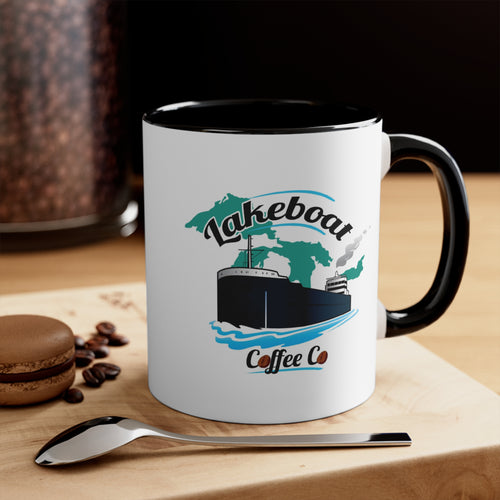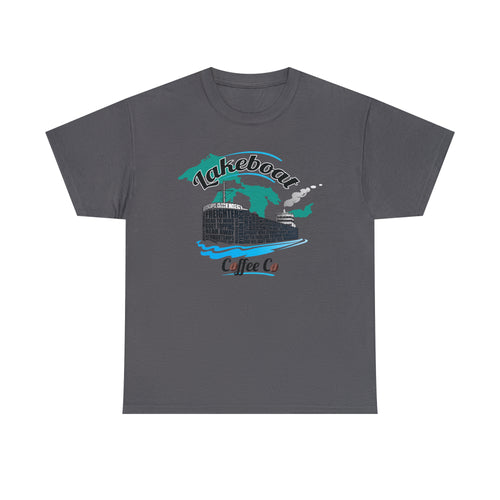Great Lakes Bulk Trade
The Great Lakes, a vast network of interconnected freshwater bodies, form the heart of a significant bulk trade system in North America. This system, involving the movement of raw materials and manufactured goods, plays a crucial role in the economies of the surrounding states and provinces. This article delves into the intricacies of Great Lakes bulk trade, exploring its history, key players, commodities transported, challenges, and future prospects.
History of Great Lakes Bulk Trade
The history of Great Lakes bulk trade is deeply intertwined with the industrialization of North America. Early trade focused on fur and timber, but the discovery of iron ore in the Lake Superior region and the development of canals and railroads significantly expanded the system. The opening of the St. Lawrence Seaway in the mid-20th century further boosted trade by connecting the Great Lakes to the Atlantic Ocean, enabling international commerce. The evolution of specialized vessels like lakers, designed for navigating the lakes' unique conditions, also played a key role in growth.
Key Players in Great Lakes Bulk Trade
Several key players contribute to the smooth functioning of this complex system:
- Shipping Companies: These companies operate fleets of specialized vessels like lakers and salties, transporting bulk commodities across the lakes.
- Terminals and Ports: Strategically located across the Great Lakes, these facilities handle the loading, unloading, and storage of bulk goods.
- Producers and Consumers: These range from mining companies supplying iron ore to steel mills, agricultural producers shipping grain, and power plants using coal.
- Government Agencies: Agencies like the U.S. Army Corps of Engineers and the Canadian Coast Guard play crucial roles in maintaining navigation channels, ensuring safety, and regulating shipping activities.
Commodities Transported on the Great Lakes
The Great Lakes support the transportation of a diverse range of bulk commodities:
- Iron Ore: A primary commodity, primarily sourced from Minnesota and shipped to steel mills across the region.
- Coal: Used primarily in power generation, coal is transported from various sources to power plants around the Great Lakes.
- Grain: Agricultural products like corn, soybeans, and wheat are major commodities, shipped from the agricultural heartlands of the Midwest.
- Stone and Aggregates: These materials are used in construction and infrastructure projects.
- Salt: Significant quantities of salt are transported for industrial and de-icing purposes.
- Cement: Used extensively in construction, cement is moved between manufacturing plants and construction sites.
Challenges Facing Great Lakes Bulk Trade
Despite its importance, the Great Lakes bulk trade faces several challenges:
- Infrastructure Aging: Locks, dams, and shipping channels require continuous maintenance and upgrades to ensure efficient operation.
- Seasonal Limitations: Ice cover during winter months can restrict navigation and impact shipping schedules.
- Environmental Concerns: Balancing economic activity with environmental protection remains a significant challenge.
- Competition from Other Transportation Modes: The Great Lakes system faces competition from railroads and pipelines.
- Economic Fluctuations: The demand for various bulk commodities is influenced by global and regional economic factors.
Future Prospects for Great Lakes Bulk Trade
The future of Great Lakes bulk trade depends on addressing existing challenges and adapting to evolving conditions. Investments in infrastructure modernization, sustainable practices, and technological advancements like automated vessels and improved navigation systems will play a crucial role. Diversification of commodities and exploring new markets will further enhance the system's resilience. The continuing demand for raw materials and manufactured goods suggests that the Great Lakes will remain a significant artery of North American commerce for many years to come.
Conclusion
The Great Lakes bulk trade system is a critical component of the regional and national economies. Its history, players, commodities, challenges, and future prospects are intertwined with the economic and environmental health of the region. By addressing the challenges and embracing innovation, this vital system can continue to thrive in the decades to come.




0 comments